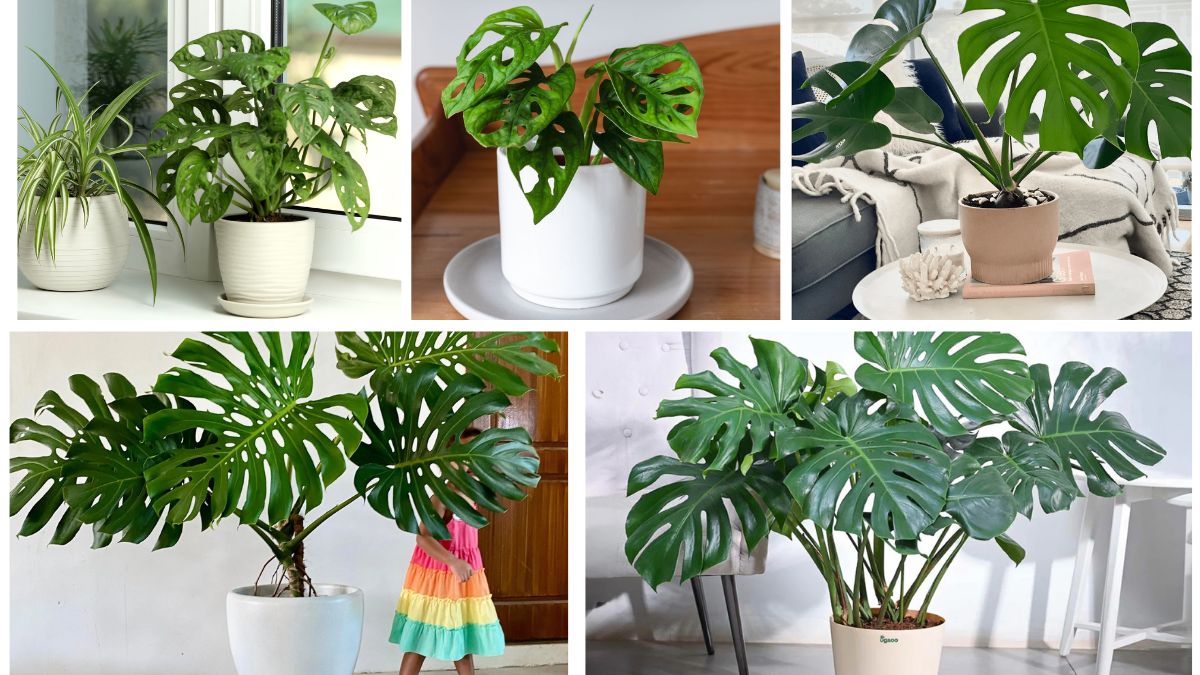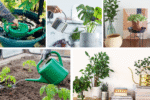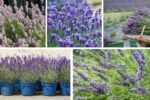Indoor gardening has become more than just a hobby—it’s a lifestyle choice that brings beauty, health, and a touch of the wild into our homes. Among the many houseplants adored by plant lovers, Swiss Cheese Plants stand out for their dramatic, fenestrated leaves that mimic the holes of Swiss cheese. Known botanically as Monstera, these plants come in different species and cultivars, each offering unique foliage and growth patterns. Their bold, tropical aesthetic makes them ideal for anyone looking to create their very own “indoor jungle.”
If you’re eager to transform your living space into a lush paradise, exploring different Swiss Cheese Plant varieties is the perfect place to start. In this article, we’ll walk through five stunning varieties of Swiss Cheese Plants, along with their growing requirements, care tips, and unique decorative appeal.
Why Choose Swiss Cheese Plants for Indoor Jungles?
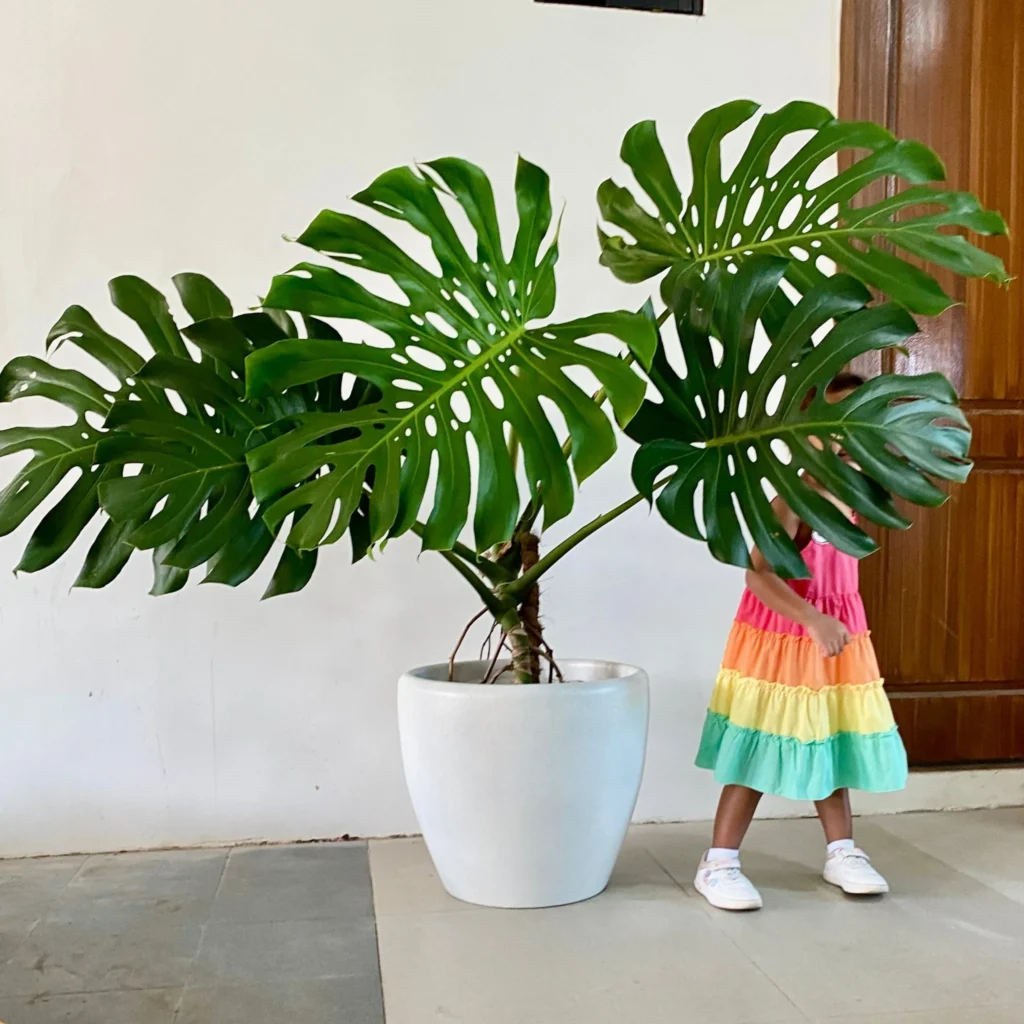
Before diving into specific varieties, let’s understand why Monstera plants are so popular:
- Striking Foliage: The natural leaf fenestrations (splits and holes) give them an exotic, jungle-like appearance.
- Low Maintenance: Monsteras are hardy and adaptable, thriving in a range of indoor conditions.
- Air-Purifying Benefits: Like many tropical plants, they help clean indoor air and add humidity.
- Versatility: Whether you have a small apartment or a spacious home, there’s a Monstera variety that fits perfectly.
Now, let’s explore the five best Swiss Cheese Plant varieties you can grow indoors.
1. Monstera deliciosa – The Classic Swiss Cheese Plant
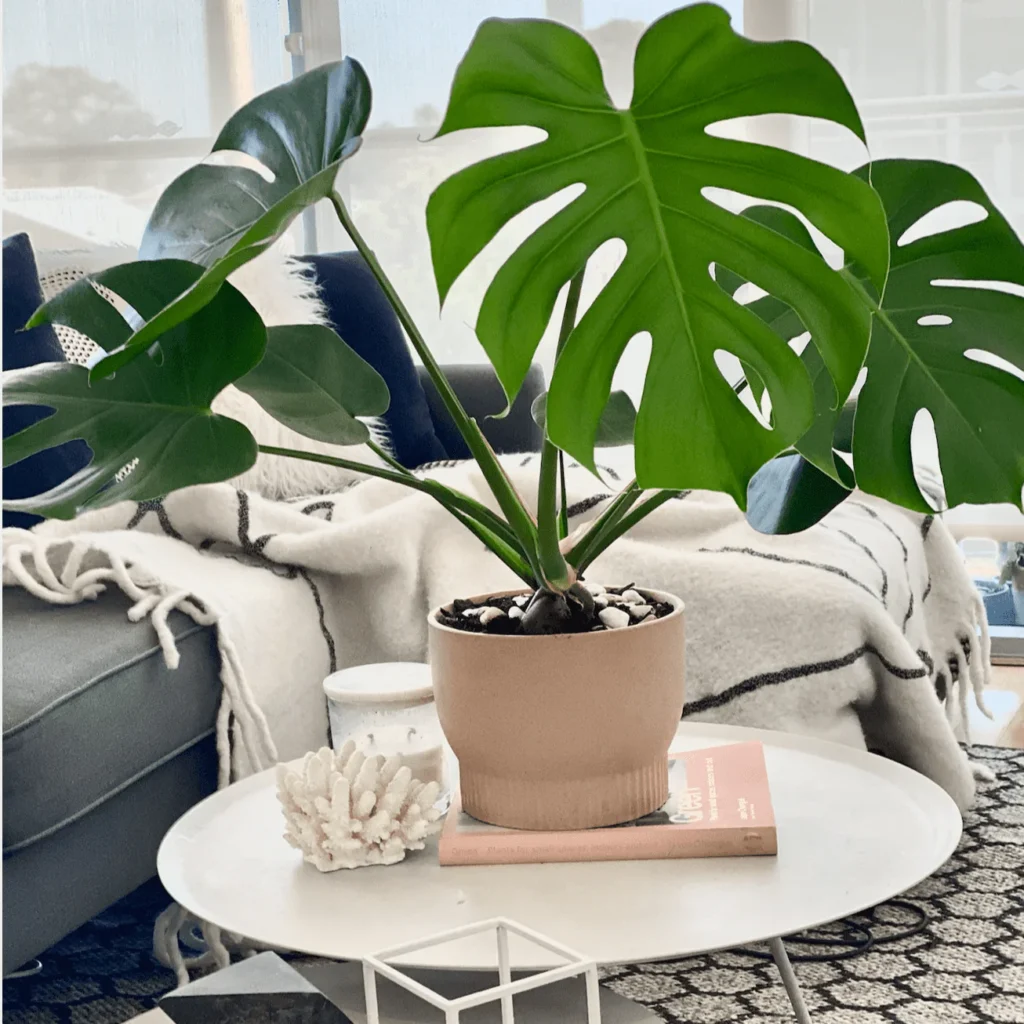
Perhaps the most well-known of all, Monstera deliciosa is often what people picture when they hear “Swiss Cheese Plant.” Its massive leaves with natural splits and holes create a dramatic tropical vibe.
Key Features:
- Leaf Size: Can grow up to 2–3 feet wide indoors.
- Appearance: Glossy green leaves with deep splits and large fenestrations.
- Growth: A vigorous climber that can reach several feet tall when given support.
Care Tips:
- Thrives in bright, indirect light, though it can tolerate some shade.
- Water when the top 2 inches of soil are dry.
- Provide a moss pole or trellis to encourage upward climbing.
Why It’s Perfect for Indoor Jungles:
Monstera deliciosa creates a bold statement and instantly gives any room a tropical centerpiece. It’s excellent for large living spaces or corners where you want a dramatic touch of greenery.
2. Monstera adansonii – The “Monkey Mask” Plant
Known for its smaller, perforated leaves, Monstera adansonii is another beloved Swiss Cheese Plant variety. Its leaves feature unique, oval-shaped holes that make it distinct from M. deliciosa.
Key Features:
- Leaf Size: Medium-sized, typically 6–12 inches long.
- Appearance: Narrow, heart-shaped leaves with holes that resemble a mask.
- Growth: Can be trained to climb or trail, making it versatile for hanging baskets or trellises.
Care Tips:
- Prefers medium to bright indirect light.
- Needs slightly more humidity than M. deliciosa.
- Trim regularly to maintain bushy, compact growth.
Why It’s Perfect for Indoor Jungles:
Monstera adansonii is perfect for smaller spaces or for adding depth to your plant collection. Its trailing habit makes it a wonderful choice for hanging planters or shelves.
3. Monstera obliqua – The Rare Beauty
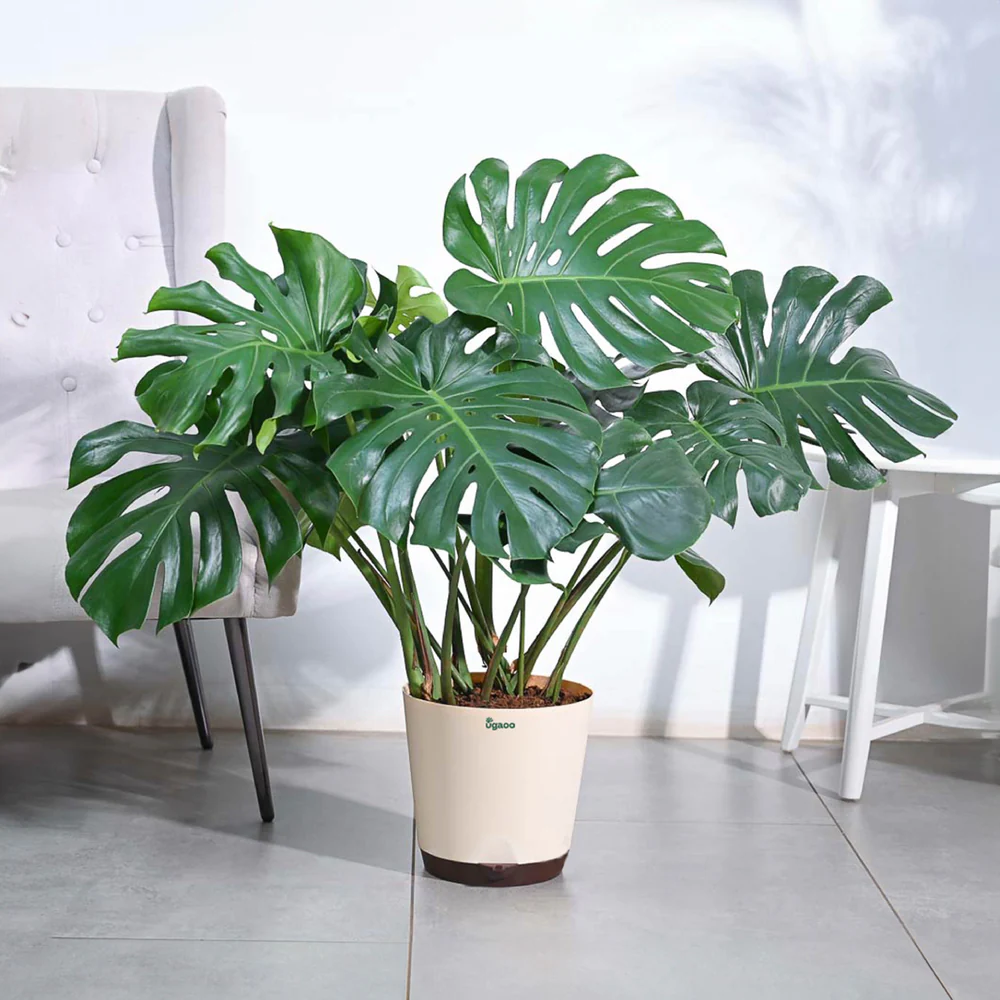
Monstera obliqua is the unicorn of Swiss Cheese Plants. Extremely rare and delicate, it’s often confused with M. adansonii, but its fenestrations are much larger and more dramatic.
Key Features:
- Leaf Size: Thin and paper-like leaves, often more hole than leaf.
- Appearance: Highly fenestrated, giving it a lace-like look.
- Growth: Slow-growing and more fragile than other Monsteras.
Care Tips:
- Requires consistent humidity (70% or higher) and warmth.
- Needs careful watering—avoid both overwatering and drying out.
- Best suited for experienced plant collectors.
Why It’s Perfect for Indoor Jungles:
For plant enthusiasts who want a true showstopper, Monstera obliqua offers unmatched visual interest. Though demanding, it adds a unique, rare touch to your jungle-like setup.
4. Monstera siltepecana – The Silver Monstera
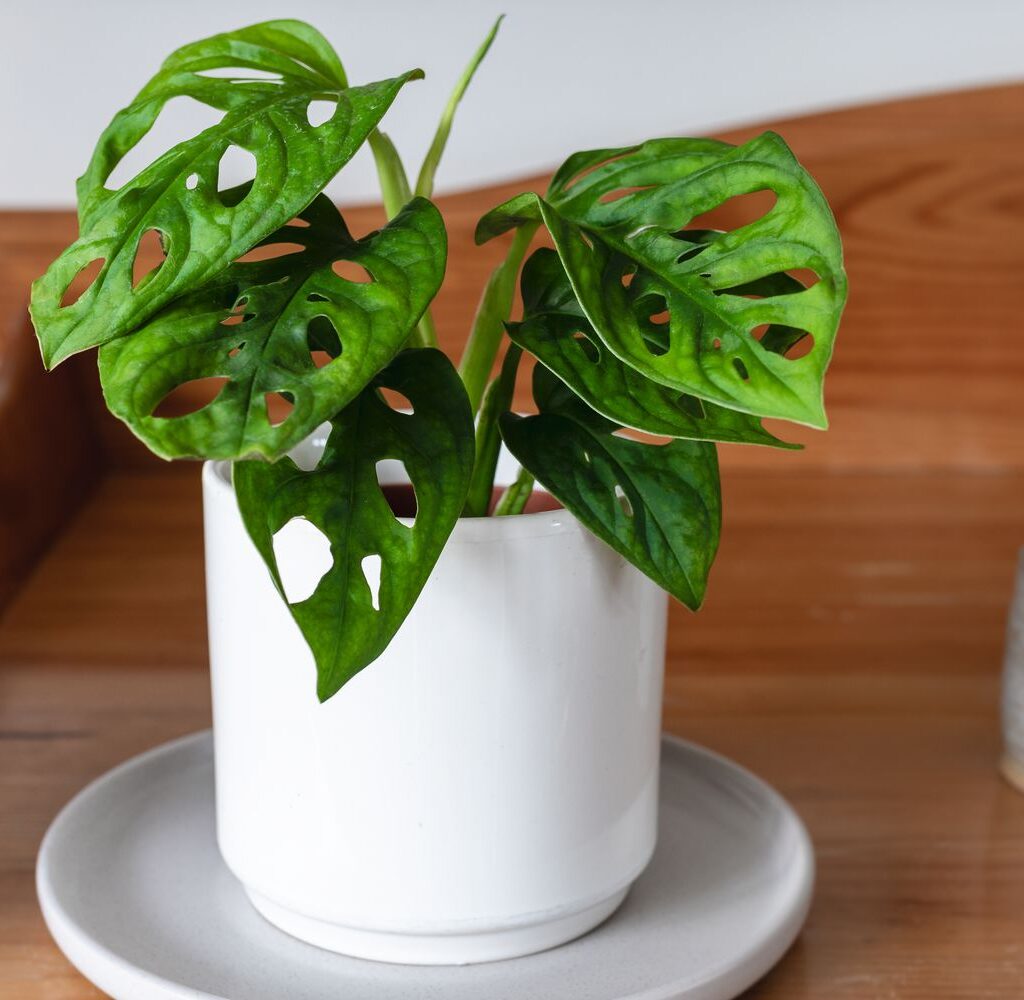
A less common but highly attractive variety, Monstera siltepecana features silver-green leaves with striking dark green veins when young. As it matures, the leaves develop fenestrations, adding to its visual appeal.
Key Features:
- Leaf Size: Smaller leaves, typically 4–6 inches long.
- Appearance: Young leaves have silver variegation; mature leaves gain splits and holes.
- Growth: Fast climber that thrives when provided with support.
Care Tips:
- Grows well in bright, indirect light but adapts to lower light.
- Provide a moss pole for climbing to encourage fenestrations.
- Prune regularly to manage its fast growth.
Why It’s Perfect for Indoor Jungles:
This variety adds textural diversity to your collection, thanks to its silver sheen. Its climbing habit makes it great for vertical displays, walls, or plant shelves.
5. Monstera dubia – The Shingle Plant
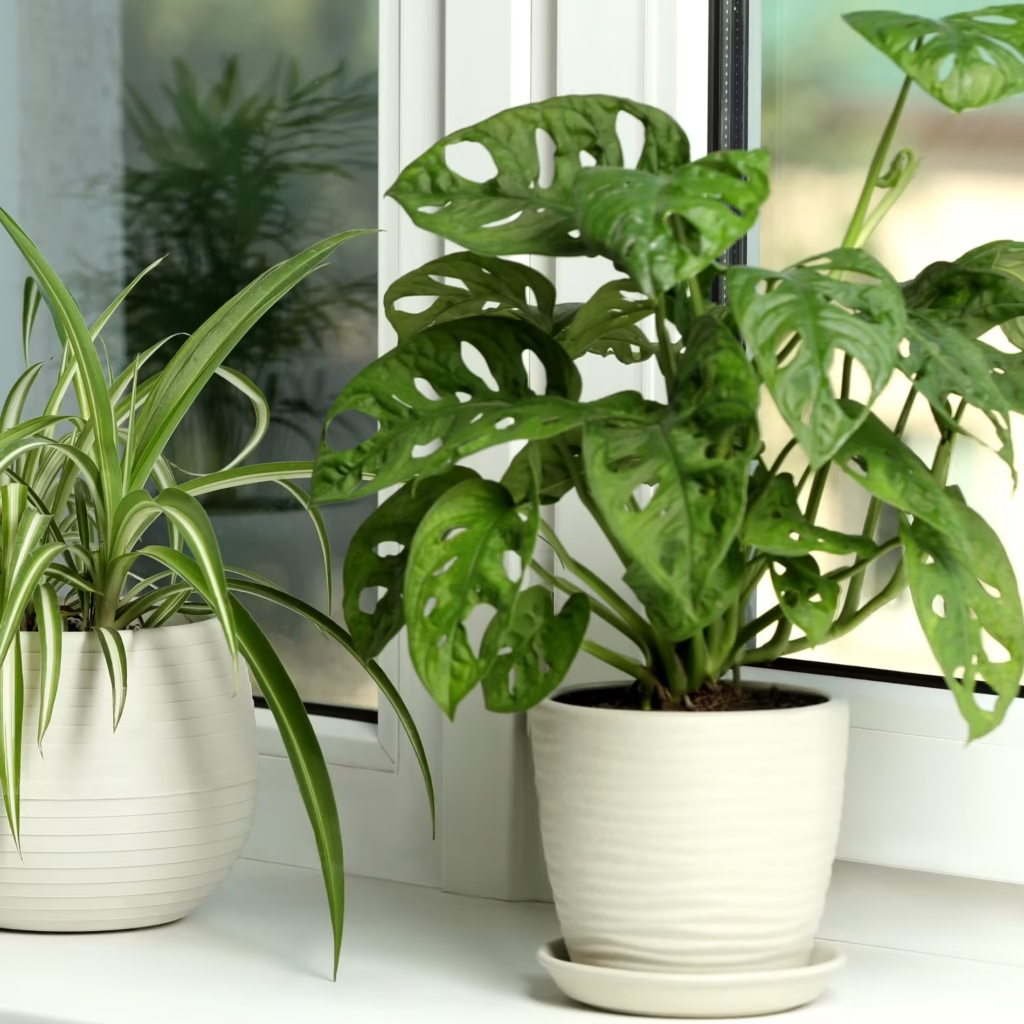
One of the most unique Monstera varieties, Monstera dubia grows flat against surfaces like tree trunks or boards, giving it a “shingling” effect. Its juvenile leaves are small and patterned, while mature leaves eventually develop fenestrations.
Key Features:
- Leaf Size: Juvenile leaves are small and oval; mature leaves are larger with holes.
- Appearance: Striking silver-green veins on young leaves.
- Growth: Climbs tightly to surfaces, unlike the sprawling growth of other Monsteras.
Care Tips:
- Provide a plank or board for the plant to climb.
- Prefers bright, indirect light and high humidity.
- Keep soil slightly moist but not waterlogged.
Why It’s Perfect for Indoor Jungles:
Monstera dubia brings a truly unique growth habit to indoor plant collections. Its ability to climb flat against surfaces adds structure and visual variety to your “indoor jungle wall.”
General Care Tips for All Swiss Cheese Plants
Regardless of the variety, here are some universal care guidelines:
- Light: Bright, indirect light is best. Direct sunlight can scorch leaves.
- Watering: Allow soil to partially dry between watering; avoid soggy conditions.
- Humidity: Monsteras love humidity; use a humidifier or mist leaves in dry climates.
- Soil: Use a well-draining mix with peat, perlite, and orchid bark.
- Support: Moss poles, trellises, or boards encourage natural climbing behavior.
- Fertilizing: Apply a balanced, water-soluble fertilizer monthly during the growing season.
Conclusion
Swiss Cheese Plants are more than just houseplants—they’re living works of art that can transform your home into a lush indoor jungle. Whether you prefer the classic grandeur of Monstera deliciosa, the playful trailing vines of Monstera adansonii, the rare beauty of Monstera obliqua, the textured charm of Monstera siltepecana, or the unique growth of Monstera dubia, each variety offers something extraordinary.
By mixing and matching these five Monstera varieties, you can create a diverse and visually captivating green space that thrives indoors. With the right care, these bold, leafy companions will not only enhance your décor but also provide a refreshing connection to nature.
